This time, I did a research about Arbon, but I completely forgot that there was a castle too, so imagine my surprise when we drove through the old town and saw this beautiful castle waiting for our visit! We were lucky too as the castle is only open on Sunday from 2 PM to 5 PM.
It was still before lunchtime, so we had enough time to walk around the old town and get lunch before our visit. Right at 2 PM we were standing in front of the castle with our renewed museum membership cards, so we could enjoy a free entry. These membership cards are life savers for people who visit many museums as you can save a lot of money over a year. But enough of a small talk...
The origins of the Arbon castle date back to the Roman times. There was a Roman castle in this place more than 2000 years ago. A new castle was built within the Roman fortification in the 7th century, and this is when the history of the castle as we know it today started. Of course, it didn't look like this at that time. It was enlarged and renovated over centuries and it got its final touches in the 19th century.
The castle changed its owners frequently, but don't worry, I'm not going to bore you with many details. After the World War II it was bought by the town and served as the school or gallery until it changed its purpose to a museum. However, the museum is only a small part of the castle. There is a residential part as well as a part dedicated to various events, such as concerts.
The castle is located in the middle of the town, only a few hundreds meters away from the lake Constance. It should not be a surprise to you that it's built right next to a church as most (or maybe all) castles are built either with a chapel on their grounds or a church next door.
The tower was built in the 14th century, and I couldn't wait to climb it and enjoy the views. However, later we learned that it's under construction and close for one more year.
This is one of the newer parts of the castle and it serves as the museum...
The surroundings of the castle are renovated and there is path which leads you around it, so you can enjoy the castle from all angles.
When we came in front of the entrance I knew already that we wouldn't be able to see the tower because of the scaffolding. We really are not very lucky this year with our trips. It is what it is, so let's go inside and see as much as we can!
You can't miss the entrance as it's that large arched door in the back. It gets a little bit confusing inside because the ticket office is on the first floor, but we found it in the end. The entrance fee is 6 CHF per person which was surprisingly cheap.
We started our tour with The Biedermeier period. In Switzerland, this style was typical for the beginning of the 18th century. The common feature of Biedermeier is hand painted furniture. These paintings differed between regions and such pieces are popular even today. You can purchase them cheaply, renovate them and decorate your home.
I found it strange that there was no rope, so that we could get close or even touch the furniture. Of course, we didn't do it, but I can imagine that it's difficult to stop kids from jumping on a bed 😊
The stove was brought from a farmhouse in Rappen, and it's one of the oldest pieces here dating back to the 17th century. Besides of gathering dust the wall panels had decorative character. These are also original and as old as the stove.
I like how much work and effort were invested into the character of homes at that time. Today, most people are happy with white walls when back then they hand painted each surface with a different motive.
People who owned these objects had a comfortable life as not everyone could own a piano. Middle class considered music very important, so the piano became a popular instrument for every daughter to learn playing.
There were such cute corners in the castle too!
One of the feature of the Biedermeier period was that people focused on domestic happiness, and therefore the rooms were cosy and welcoming (for that time).
These stoves were so popular! There is a seat next to the stove, so you could always keep yourself warm. Although, I think that being so close to the stove couldn't be comfortable, but maybe the tiles didn't get too hot.
And this is how they dressed at that time. I'm not sure about the occasion, but maybe it was their daily attire...
And some small details...
I would like to say that this tiny chest was used to store jewelery, but I have a feeling that there was something more practical to it 😊
This one was bit bigger and better preserved. I don't dare to say anything about the paintings, but doesn't the left thingy look like a gnome with a big nose?
I loved this chest and saw it renovated right in front of my eyes...
This looks like a toy, but it is not. It's a working tool for threads...
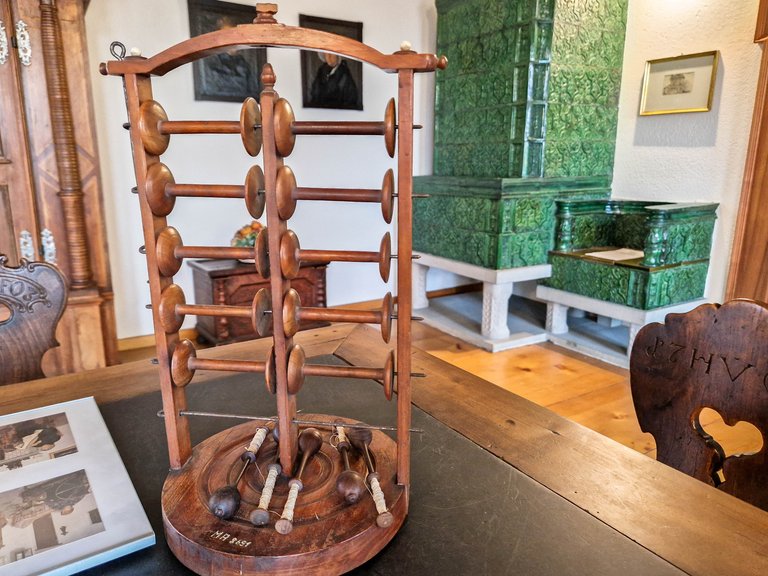
This wall clock reminded me of a cuckoo clock that we had back home many years ago. It also had these pinecone and a tiny cuckoo in the middle that drove me crazy every 15 minutes. I will never forget the clock ticking either.
This drawing of a farmhouse was confusing to me as based on the date it doesn't fit the Biedermeier period. I see 1557, do you see the same? All aside, it is such a detailed drawing.
And some views...
We finished the Biedermeier period, so now we'll go down to see the prehistoric and industry parts.
Lake Constance is famous for its archaeological finds. The oldest findings in Arbon are from almost 8000 years ago! They were primitive settlements of hunters and gatherers, and this model shows us how their surroundings looked like. I love such models as they go through crazy details. Here you can see various activities, but the most interesting is that tiny firepit.
Making ceramics myself, there was no way I would write this post without showing you some pieces that we saw in the museum.
This kind of kiln was known 4000 years BC! Already then they were firing their work up to 1350 Degrees Celsius.
This model shows us Arbon in 1840. It didn't grow much since then 😊
We didn't see the mountains because of the clouds, so at least we could see them on the drawings...
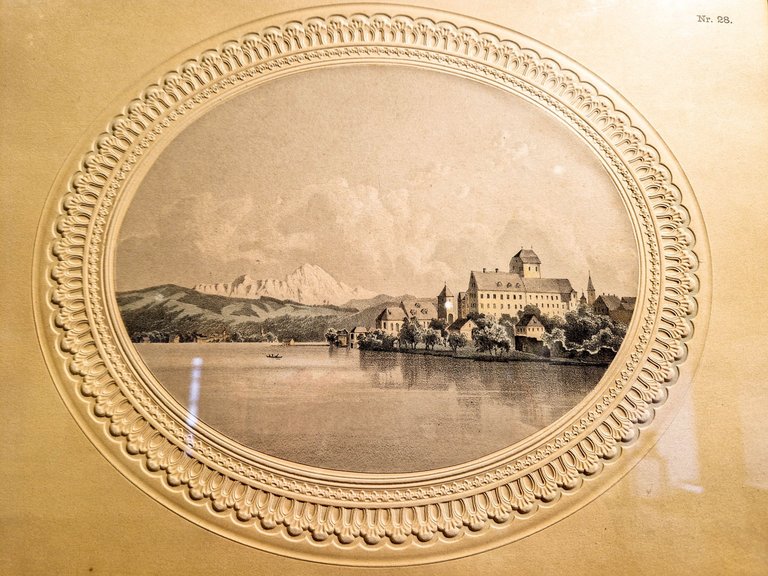
The last part of the museum focuses on the industry. Arbon was known for its production of car engines and this is the first car from 1898 which the engine from this production.
It doesn't look comfortable...
Talking about something not being comfortable...
The engine company survived for a long time...
I'm not sure if these coffee machines were made in Arbon too, but I found it interesting to see their development...
We can't really travel this year, and I'm glad that we're discovering the beauty around us instead. It took me some time to adjust to the idea that we'll be spending so much time at home, but now I'm excited about what more we'll experience and what I'll be able to share with you here.
See you next time...
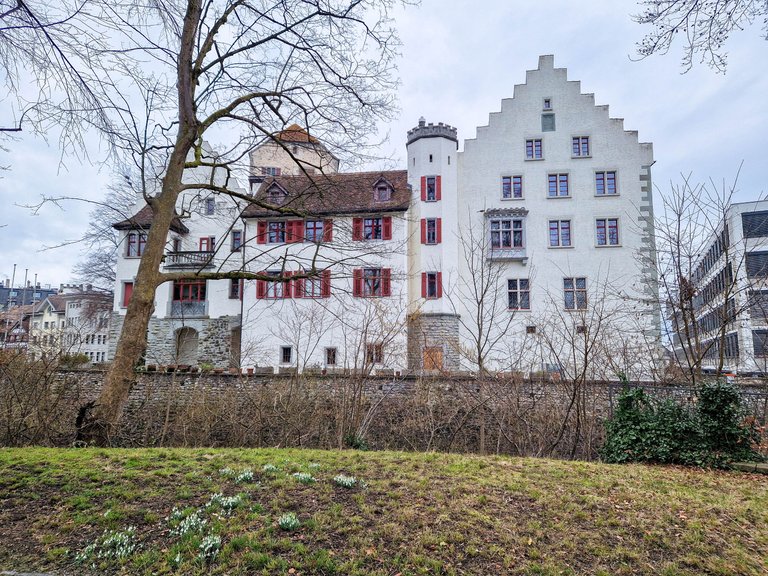
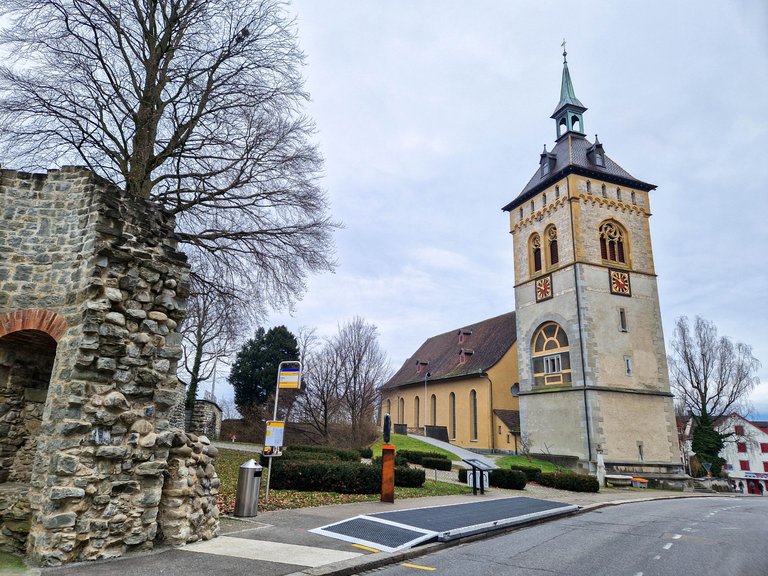
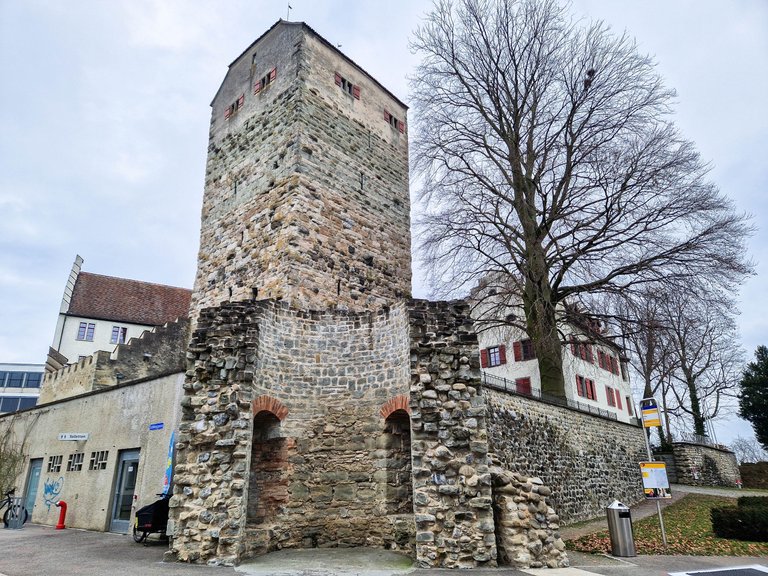
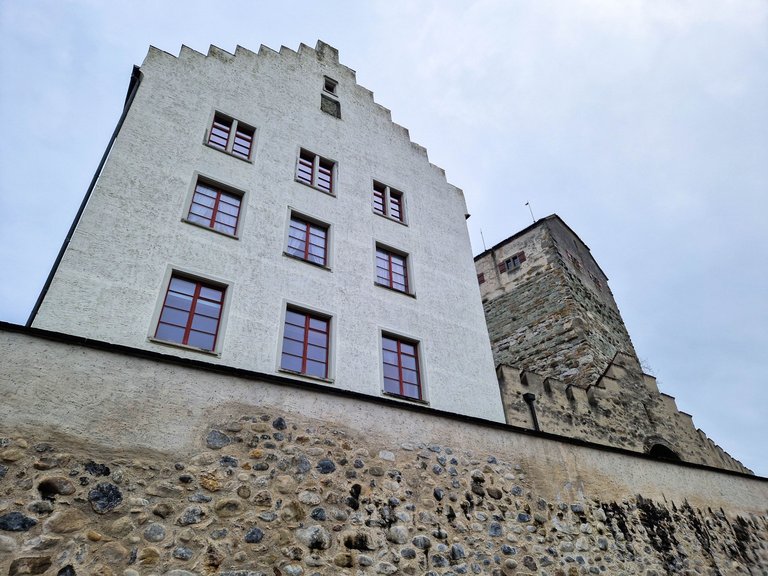
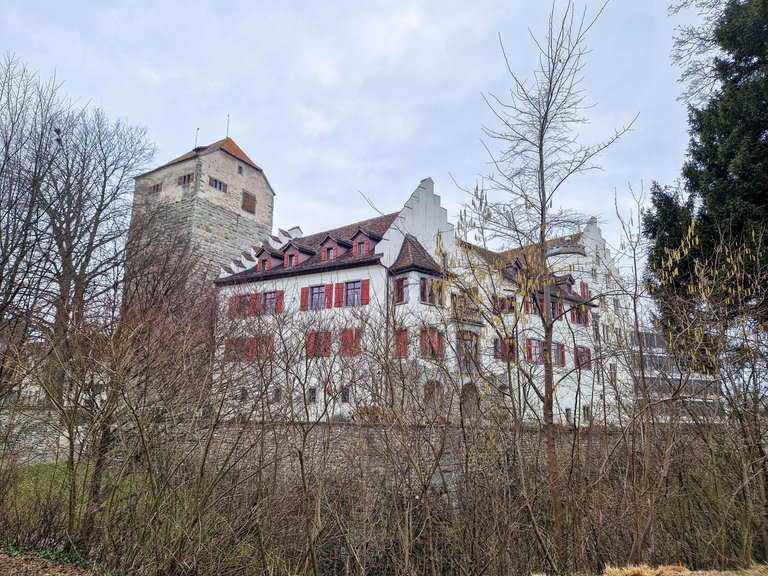
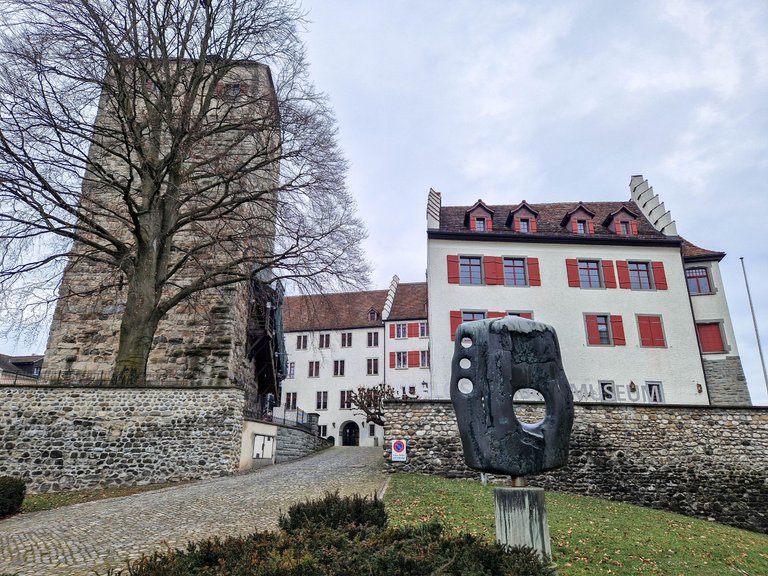
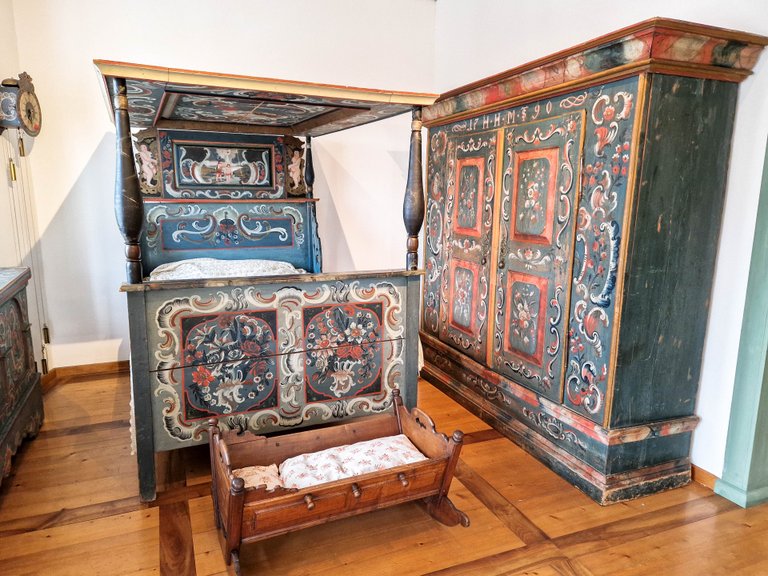
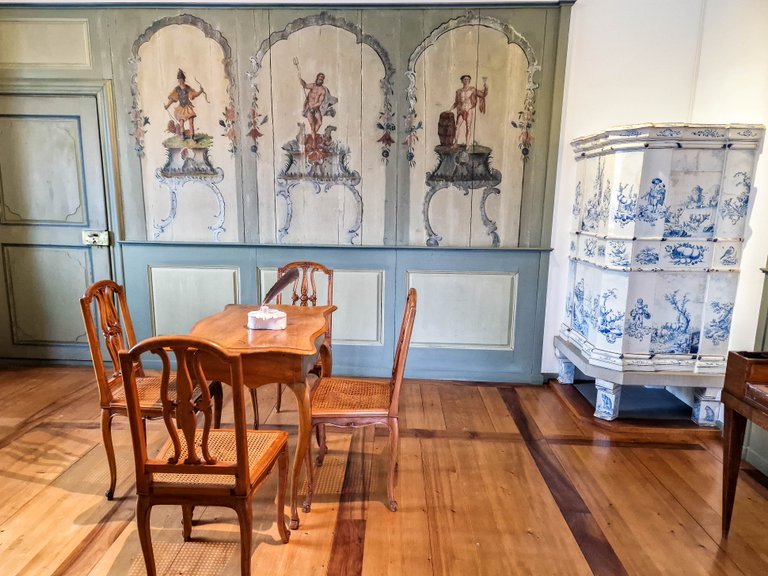
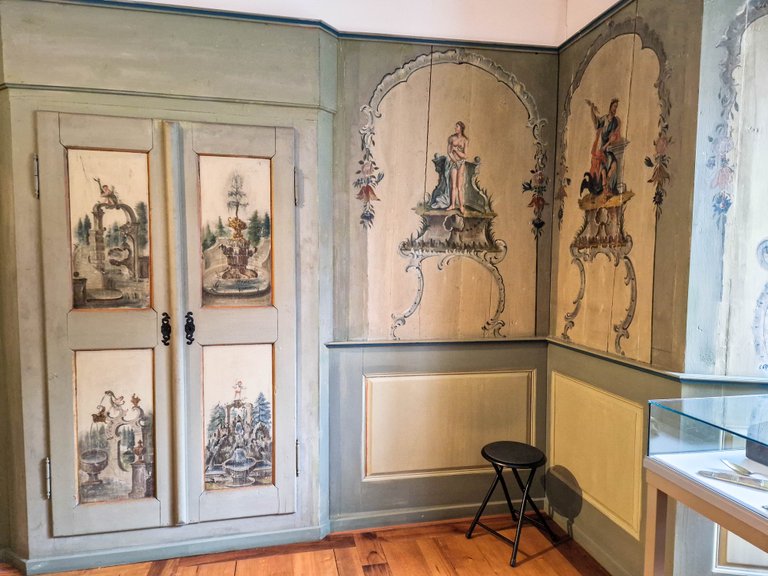
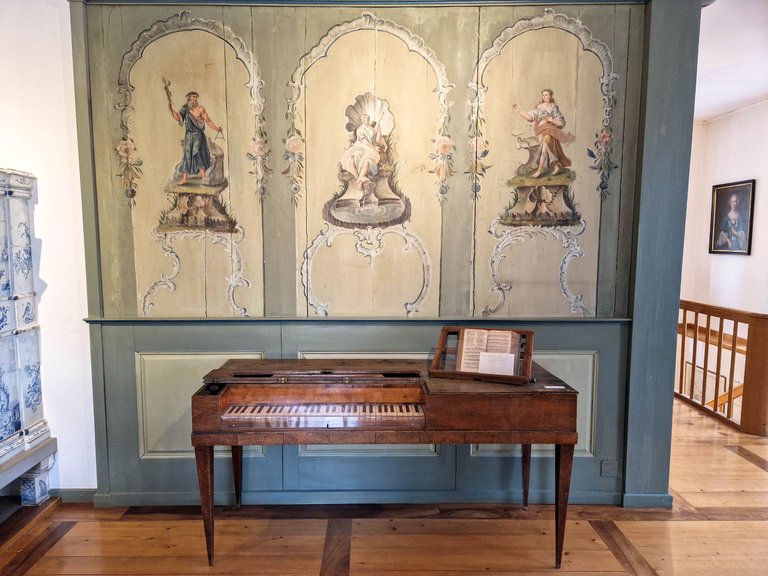
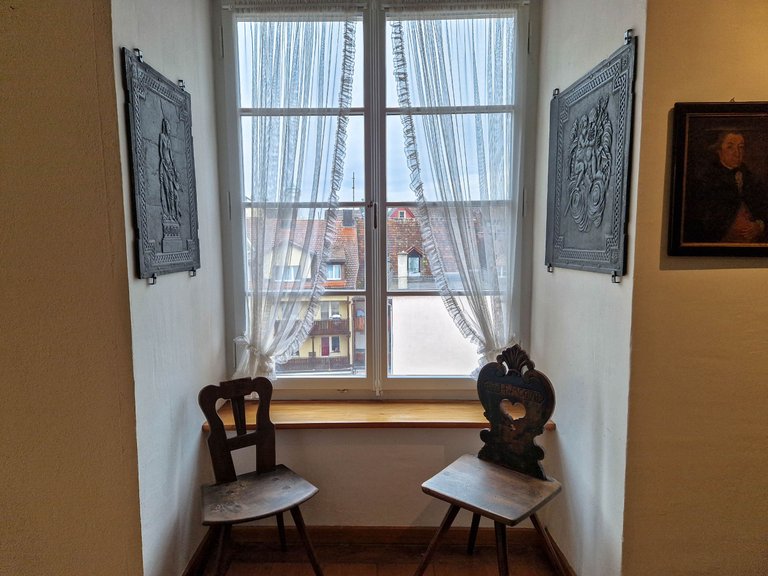
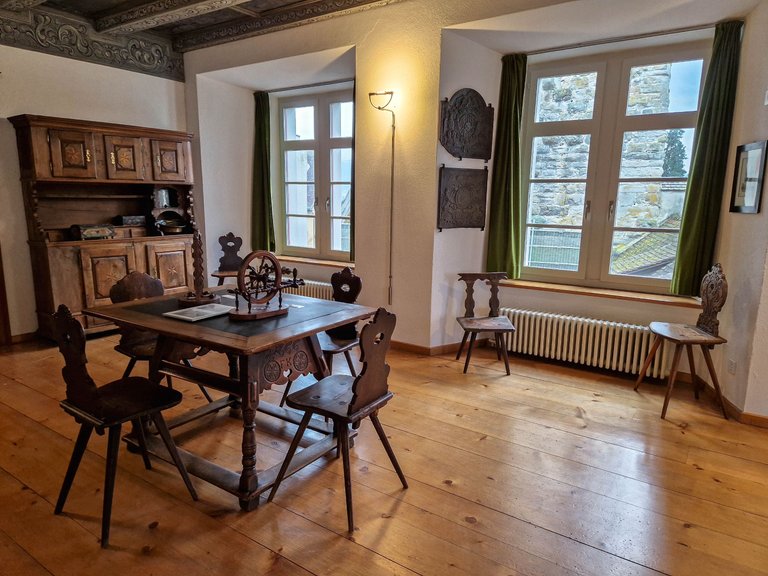
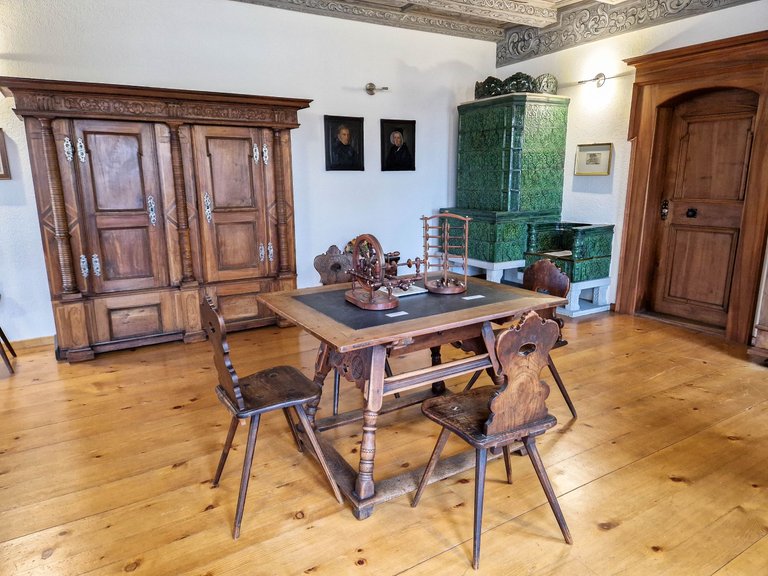
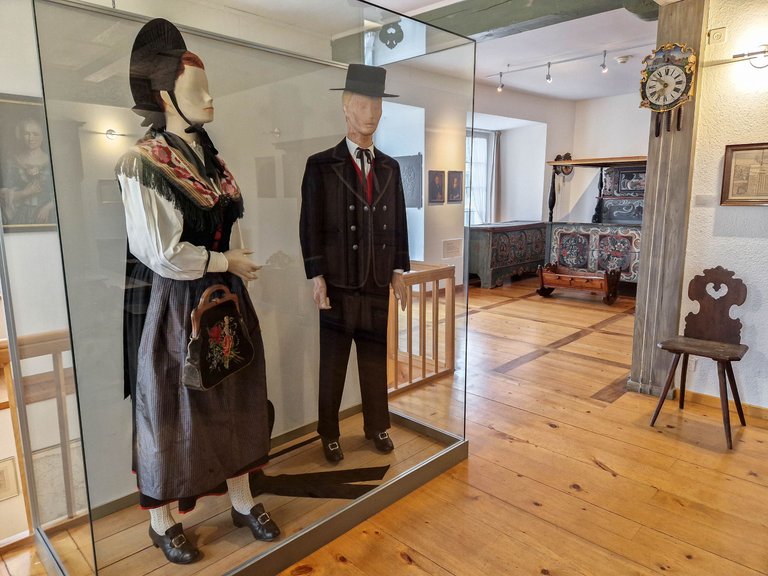
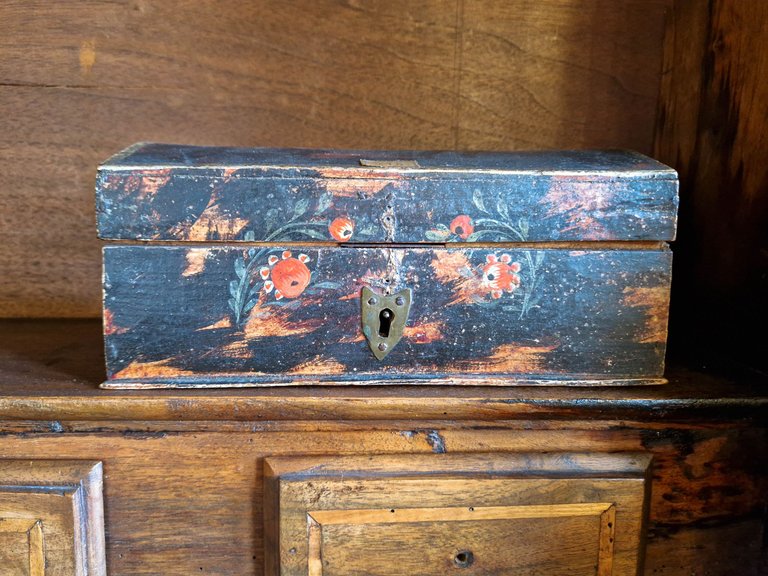
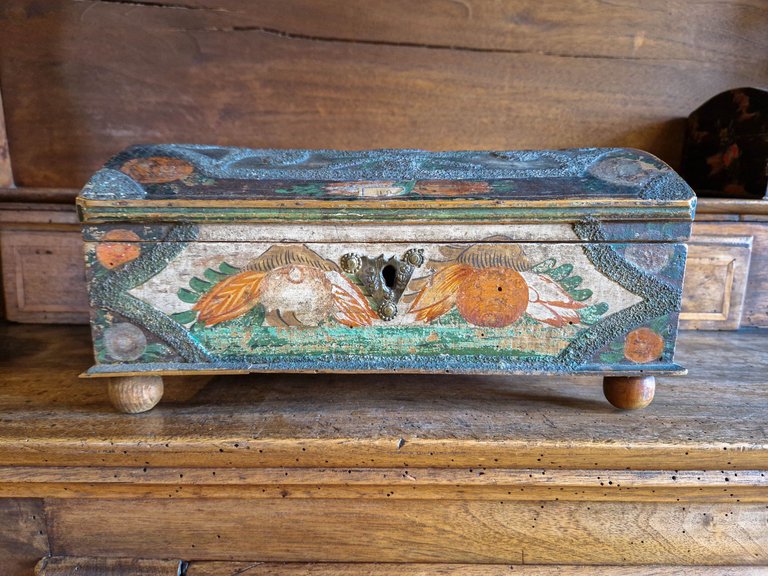
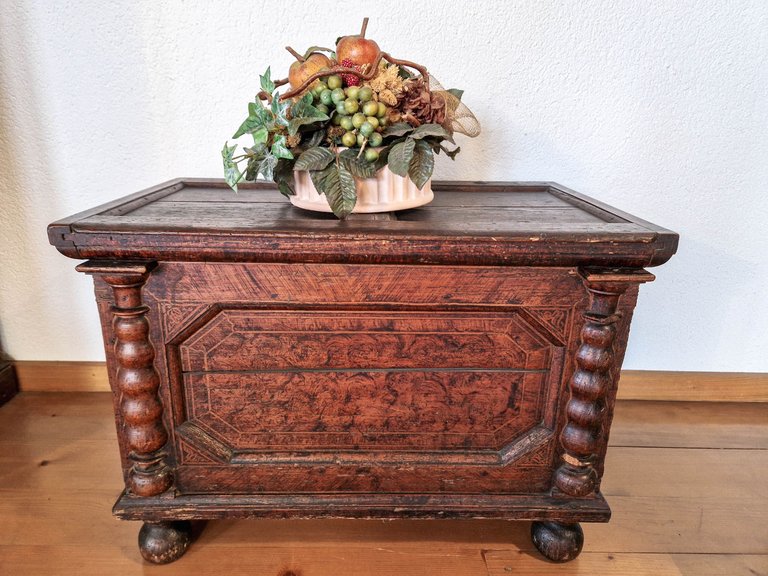
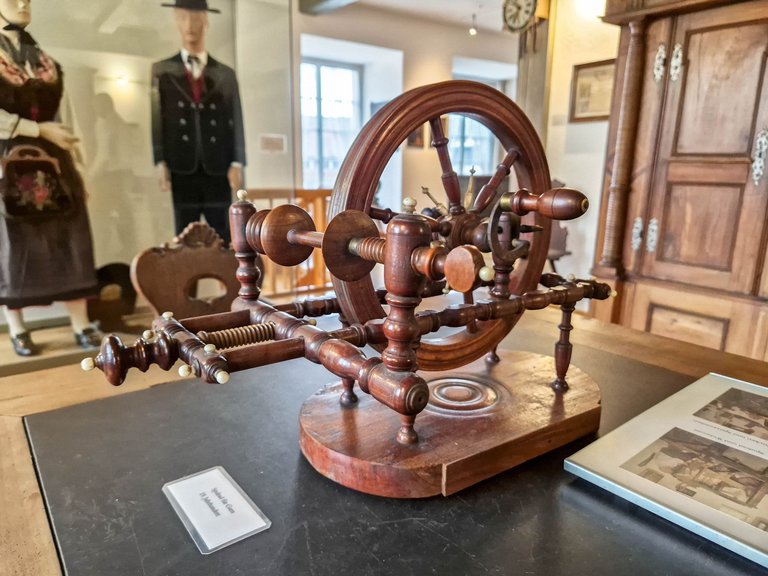
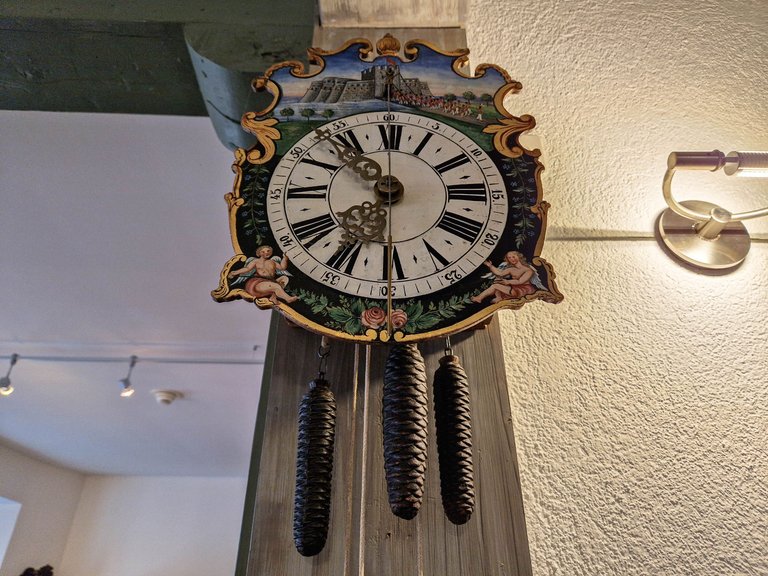
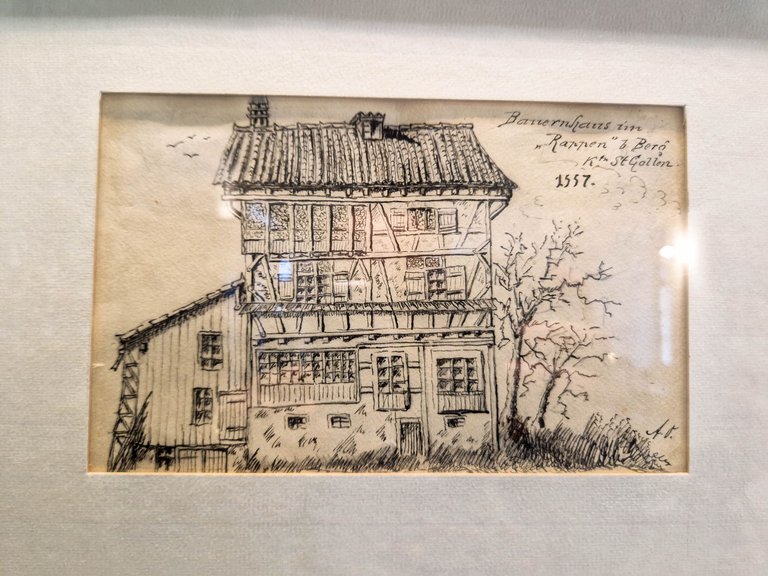
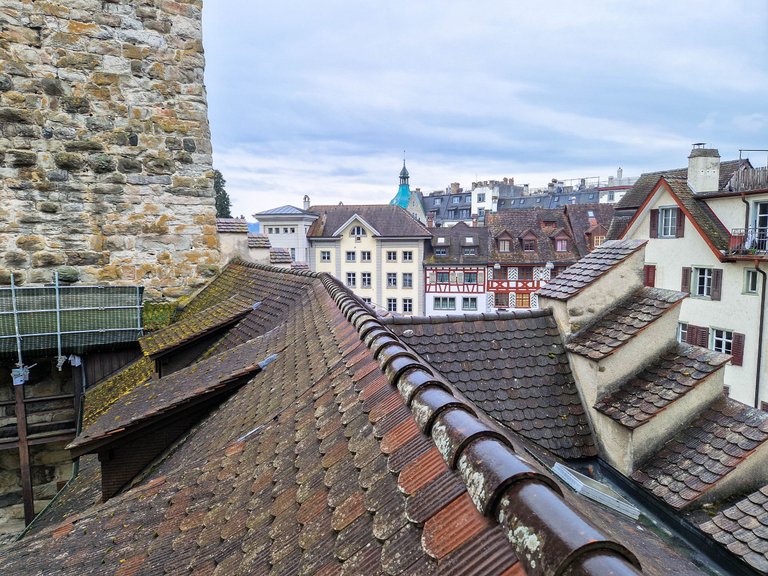
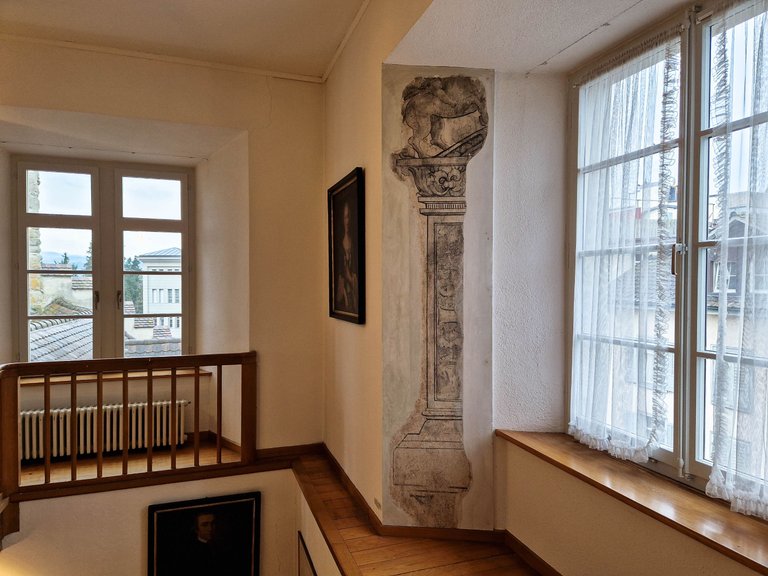
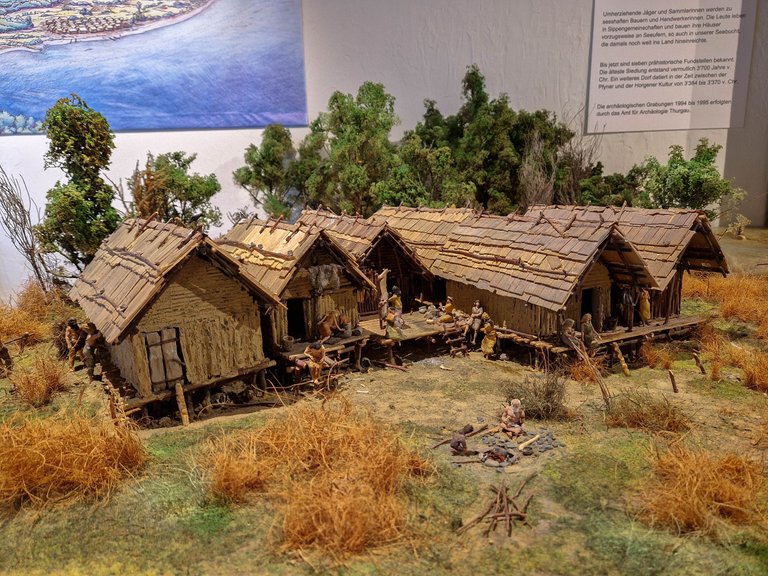
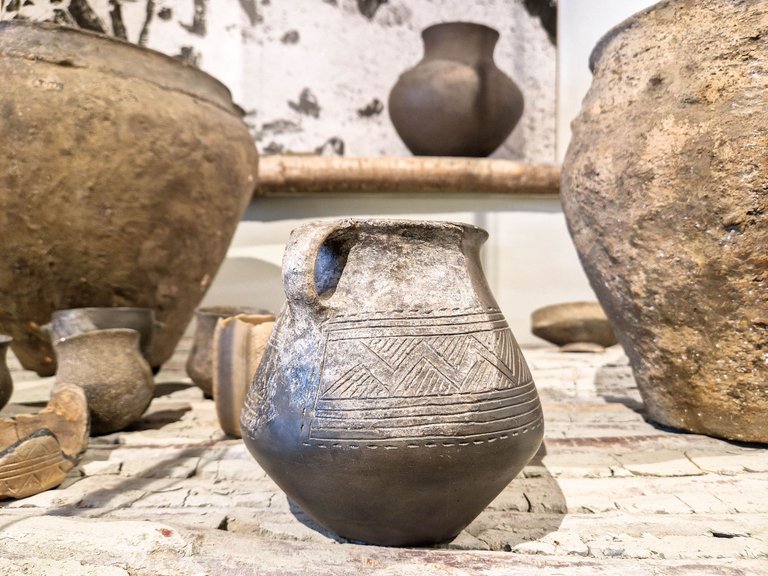
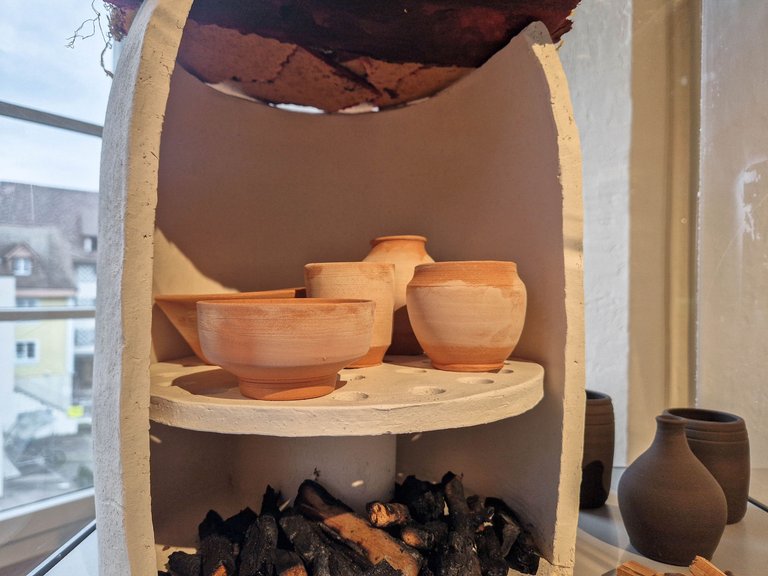
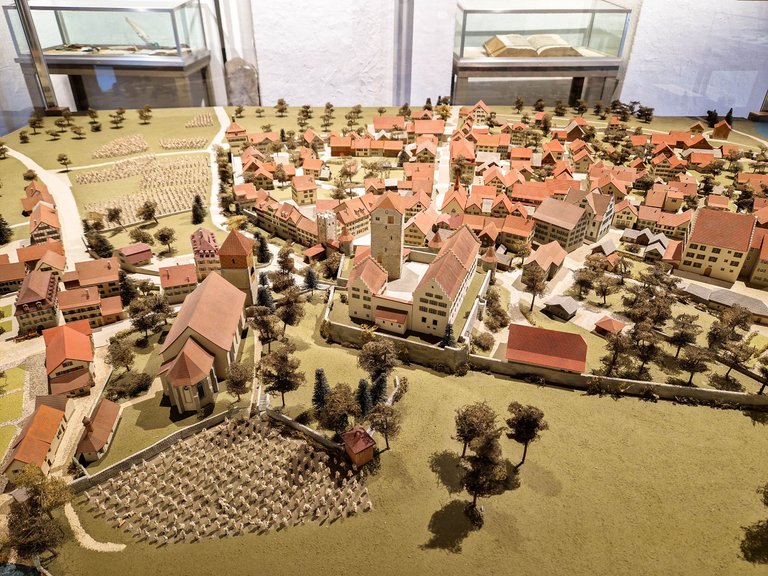
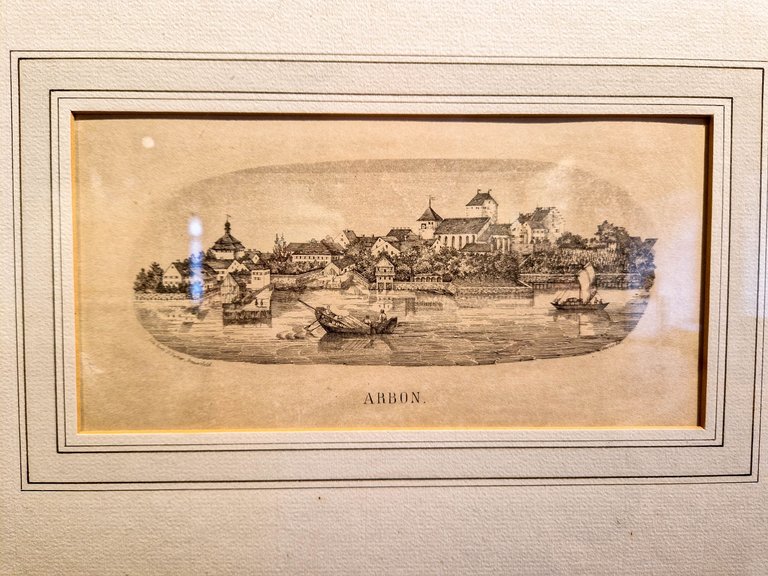
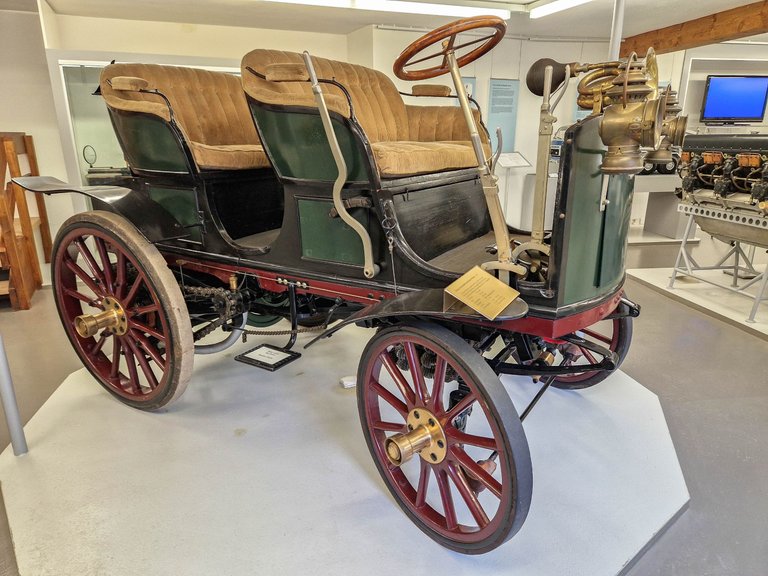
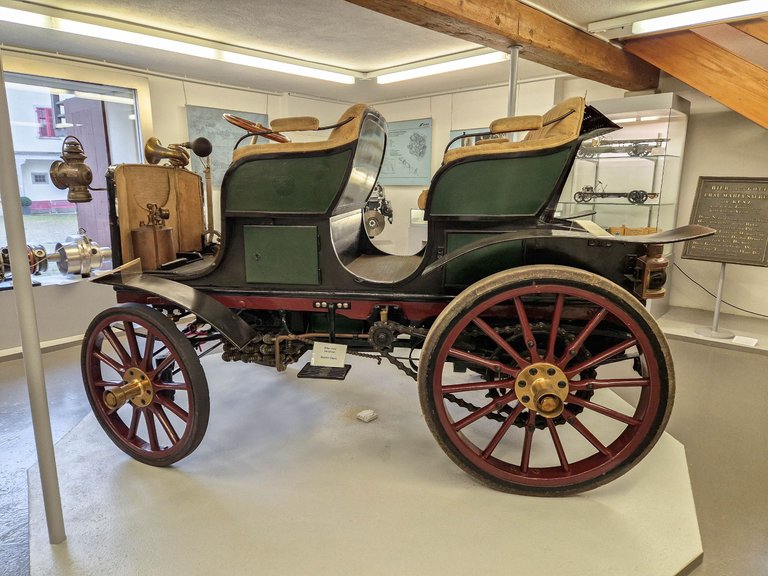
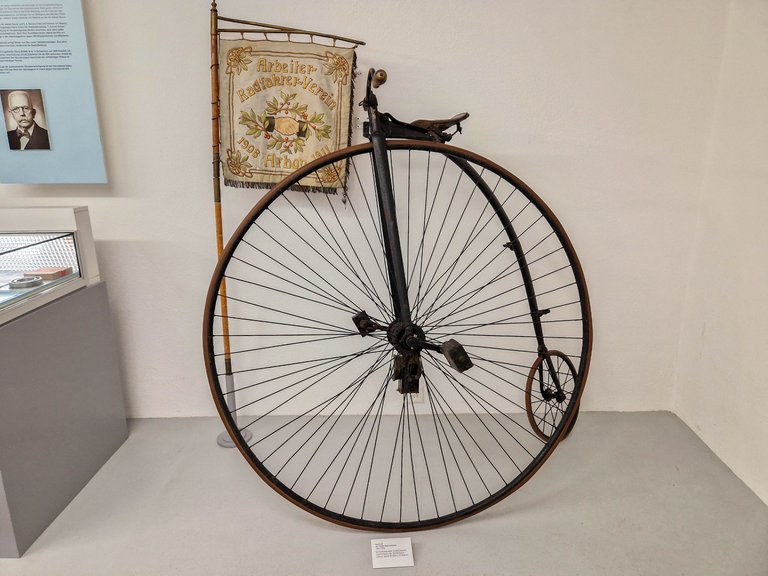
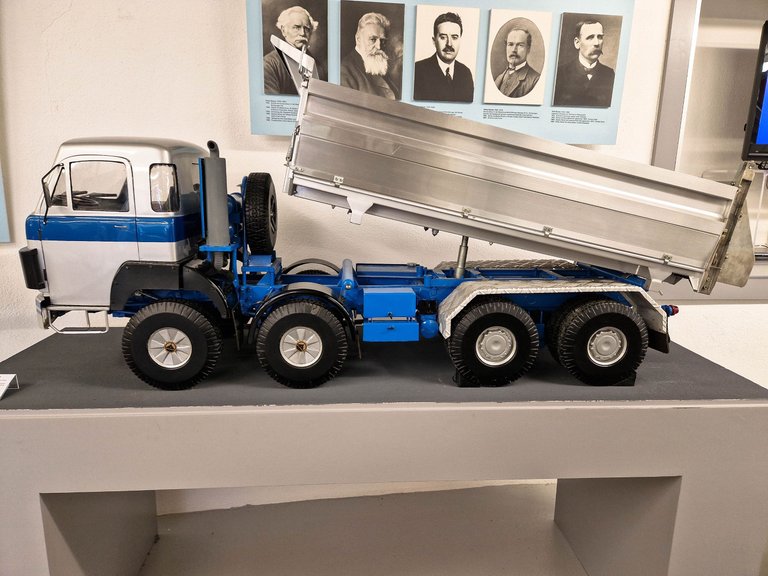
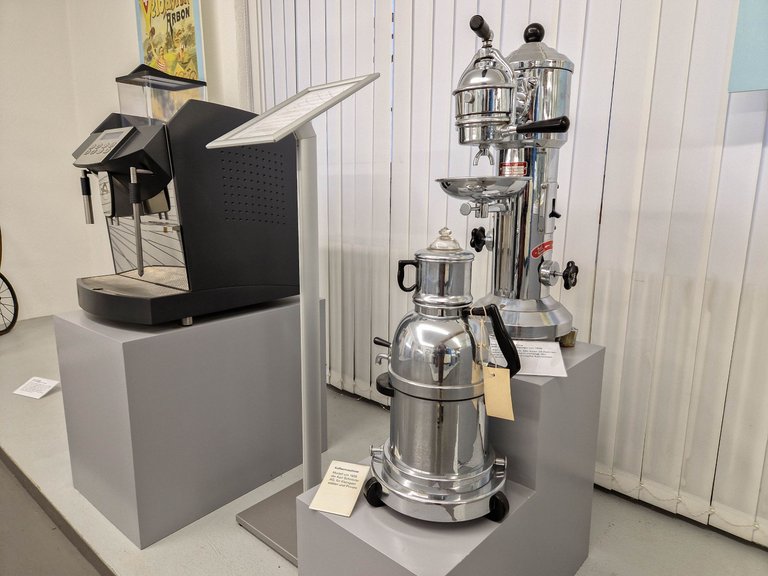
You can check out this post and your own profile on the map. Be part of the Worldmappin Community and join our Discord Channel to get in touch with other travelers, ask questions or just be updated on our latest features.
!PIZZA
!discovery 30Another amazing article as usual coming from you @plantfuljourney friend!... Applause!
This post was shared and voted inside the discord by the curators team of discovery-it
Join our Community and follow our Curation Trail
Discovery-it is also a Witness, vote for us here
Delegate to us for passive income. Check our 80% fee-back Program
$PIZZA slices delivered:
(9/15) @jlinaresp tipped @plantfuljourney
Wow, i like it
Krásný hrad a moc pěkné muzeum. Myslím, že nejen děti se tam musí opravdu ovládat, aby na nic nesahaly, když tam nejsou ty provazy, že Stefane? :D ;)
@tipu curate 10
Upvoted 👌 (Mana: 0/65) Liquid rewards.